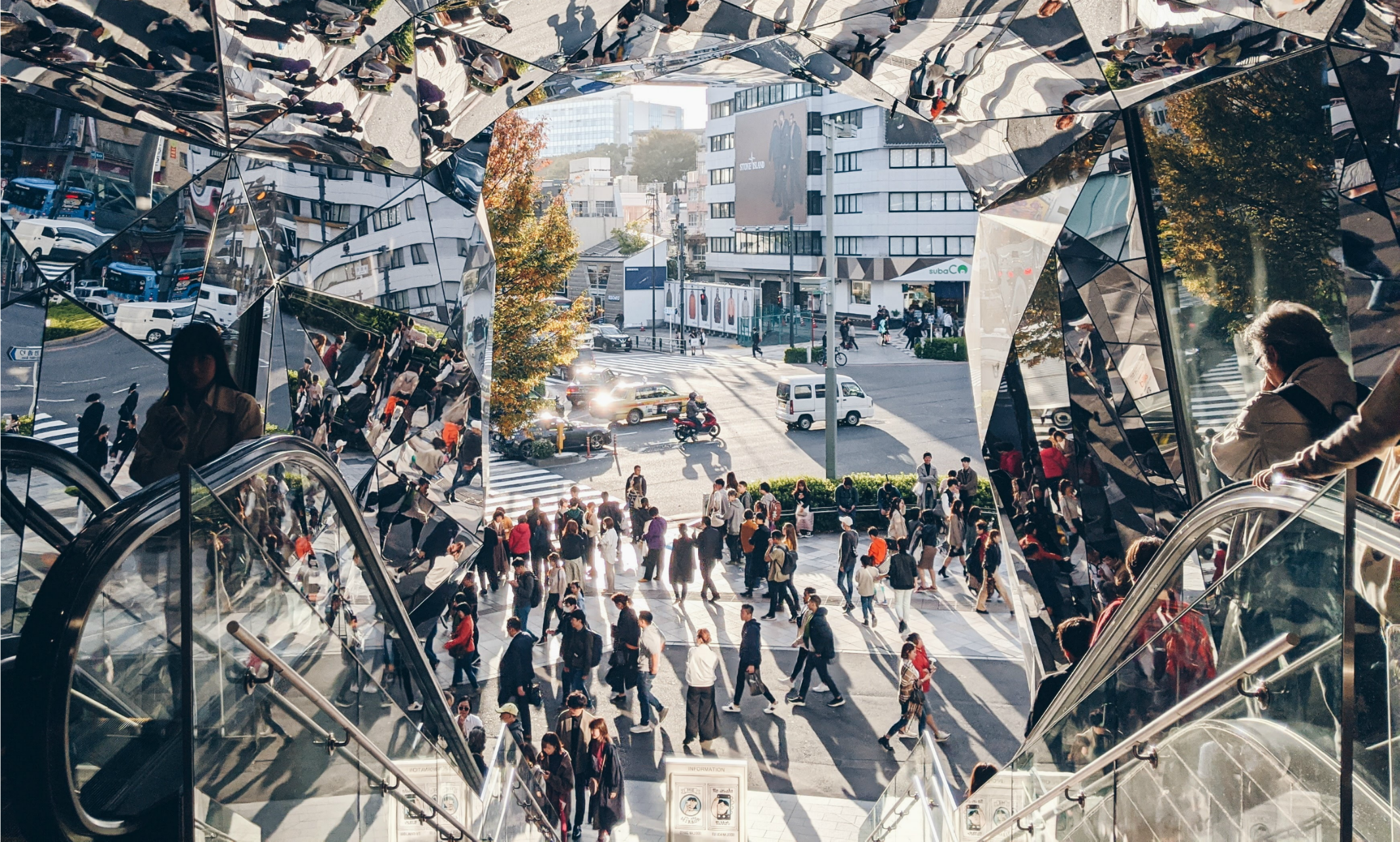While we know that human mobility is among the leading causes of COVID-19 spread, the extent of the relationship remains unclear. School of Computing and Engineering Assistant Professor Yusuf Sarwar Uddin and two teammates from the Institute of Transportation Studies (ITS) at the University of California, Irvine – including his wife Dr. Rezwana Rafiq – say that information is important to know if policymakers want to make informed decisions on how to limit the spread.
The team was one of seven novel data science projects that received cash awards from leading enterprise artificial intelligence software provider, C3.ai. The C3.ai COVID-19 Grand Challenge represents an opportunity to inform decision makers at the local, state and federal levels and transform the way the world confronts this pandemic. A total of $200,000 in cash prizes was awarded to these research teams. The UMKC/UC Irvine team received $12,500 as one of the four third-place winners.
About the research
While we know measures like physical distance and mask wearing are already ongoing mandates recommended by the Center for Disease Control and Prevention, the extent of the relationship between human mobility and the virus spread remain unclear, at least in quantitative sense. Using U.S. county-level data from multiple sources during the first pandemic wave in May 2020, Uddin and team built a latent structural regression model to identify the causal relationships between human mobility indicators (trips, distance traveled, staying at home and social distancing) and COVID-19 spread to inform how policymakers should act. Though the team did not provide an official recommendation, they are continuing to develop the model in meaningful ways using data analysis and artificial intelligence to make informed decisions.

